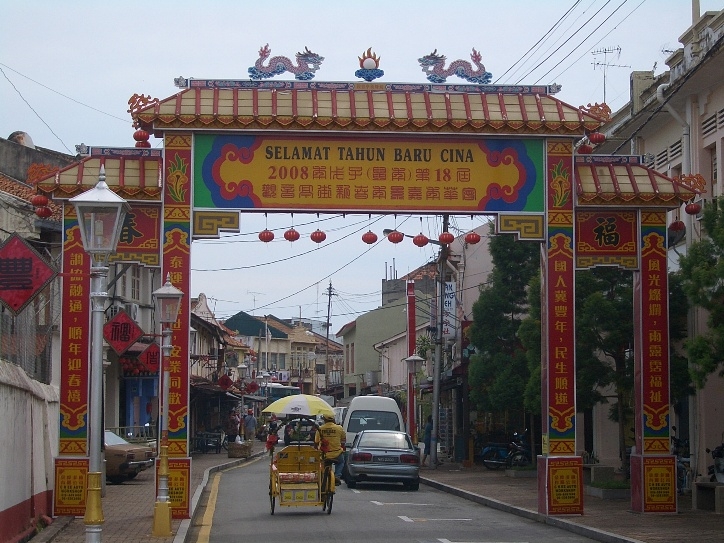

The one thing that distinguishes Melaka’s Chinatown from other Chinatowns in Malaysia is its infectious laid-back atmosphere, making it an ideal getaway for the weekend and a romantic stroll through the passage of time.
Due to its unique mix of architecture and heritage, Melaka’sChinatown now enjoys a UNESCO World Heritage Site status. Here, Chinatown comprises three streets filled with temples and traditional Dutch-inspired shop-houses hosting an amalgam of sights, sounds, tastes and shops selling curios, crafts and treasures of the East.
The historic centre of Melaka extends out of Chinatown into the gloriously red Stadthuys Dutch Square that is located across the Melaka River. This town square, which used to be the town hall and governor’s residence during Dutch occupation back in the 1640s, is believed to be the oldest Dutch building in the East. It has an old Church, a weathercock and a clock tower.
A walk up Bukit St. Paul leads to the ruins of St. Paul’s Church with many fascinating old tombstones. Follow the steps down to Porta de Santiago, the Portuguese fortress A’Famosa built in 1512, where the main gate is the only surviving relic!
The next stop, Jalan Tun Tan Cheng Lock, formerly known as Heeran Street, was once occupied by wealthy Peranakan (Strait-born Chinese) traders back in the early 20th century. The Peranakan shop-houses here are unique styled with combined Chinese, Dutch and British influences that have been categorised as Chinese Baroque.
The next street, Jalan Hang Jebat, is famed for its craft and antique shops. Also known asJonker Street, this road hosts the Jonker Walk Night Market. Jalan Tukang Besi or Harmony Street has a Hindu Temple, a Mosque and a Chinese temple (Malaysia’s oldest) coexisting in harmony.
Jalan Tokong is where one can find Chinese effigy makers and shops that sell red and gold lanterns, paper money and Chinese funerary necessities. Even the narrow alleyways between shophouses could be adventurous and yield interesting antiques and trades.
Watch out for the craftsman of doll-like shoes for bound-feet ladies (once a symbol of beauty and prestige for wealthy Chinese women but is no longer practiced in Malaysia), silversmiths and artists.The Orang Utan house on Lorong Hang Jebat is the studio of artist Charles Cham. If his colourful art pieces are a shade expensive, one can go for his colourful t-shirts which are easy on the purse. End this wonderful trail by sitting in one of the quaint cafes for a bowl of Ice Kacang or sweetened ice or any of the other traditional cold drinks!
